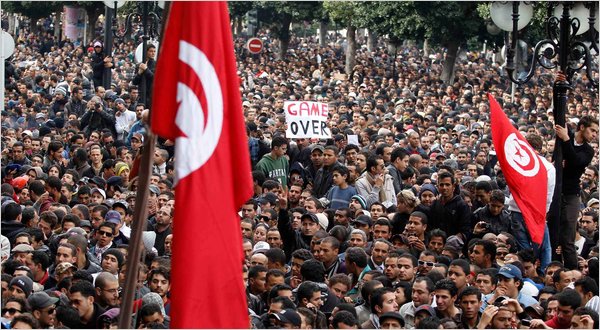One year after Tunisia’s Jasmine Revolution, how is the new Tunisian government addressing the various social injustices that initially triggered it?
Since the Jasmine Revolution, Tunisia has adopted an interim constitution and is working to implement changes that will allow the country to become a functioning democratic state. However, how easy will this transition be?
For a long time Tunisia was considered to be perhaps the most ‘European’ state of North Africa. Yet for all of its modern characteristics, Tunisia’s government was quickly exposed as being immensely repressive and corrupt. Last January marked the start of a wave of revolts that inspired the Arab Spring, and whose repercussions reached far beyond the Arab world. A year later later, the interim government is working to address the milieu of social and political injustices that plagued Tunisian citizens for so long.
The start of the Jasmine Revolution marked the boiling point of years of oppression and political instability, however the struggle towards a new liberal democracy continues. Only a few months after the country’s first free elections (held in October), Moncef Marzouki, the interim president, is faced with the challenge of bridging a divide between Islamicists and secular liberals that has long been a significant source of social and economic tension.
It is perhaps too early to tell the future of the Tunisian state, but it will be interesting to see if Marzouki is able to use the interim constitution as well as the optimism of the people to mold a new democracy that has the potential to serve as an example to other transitioning democracies around the world.

Sorry, the comment form is closed at this time.